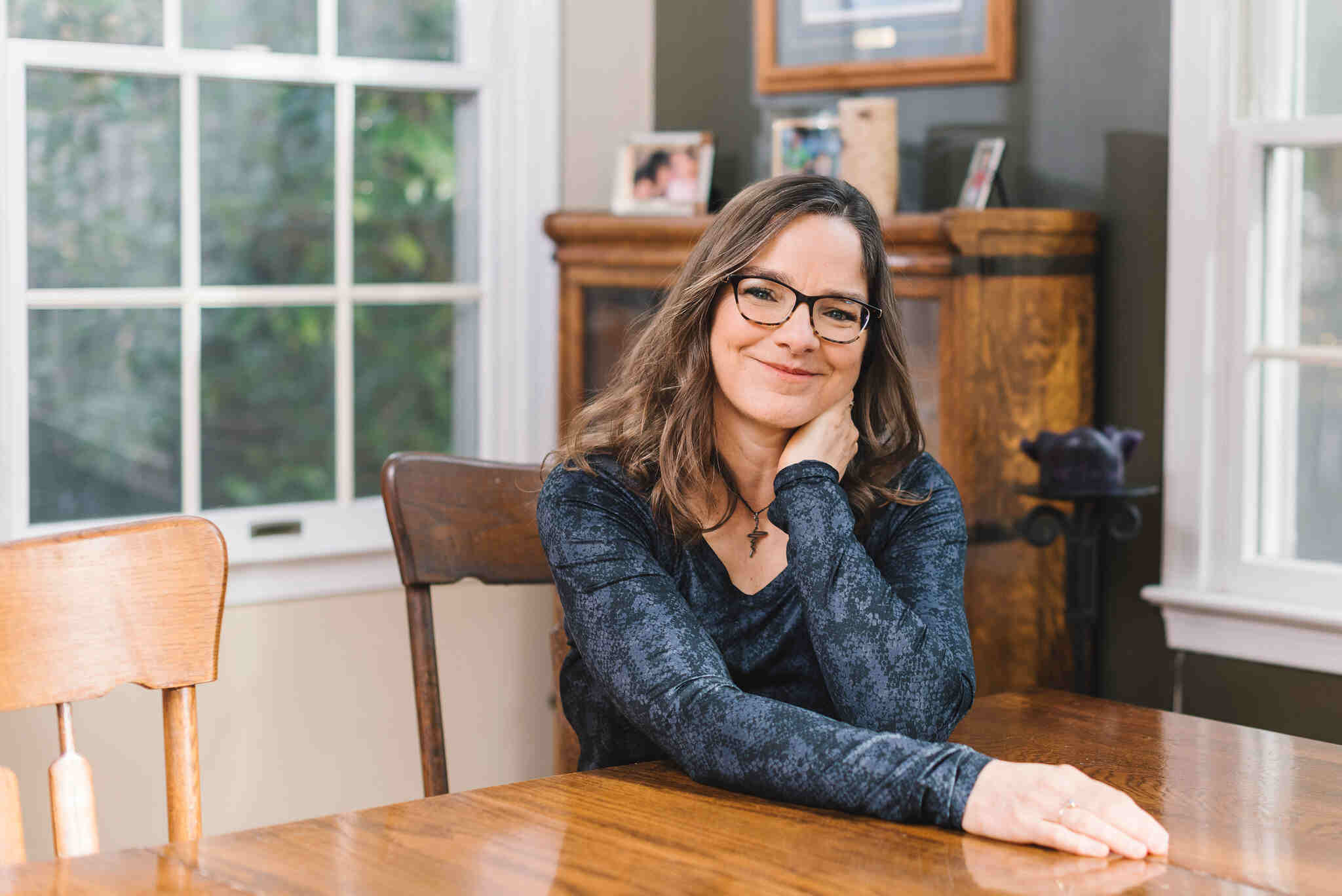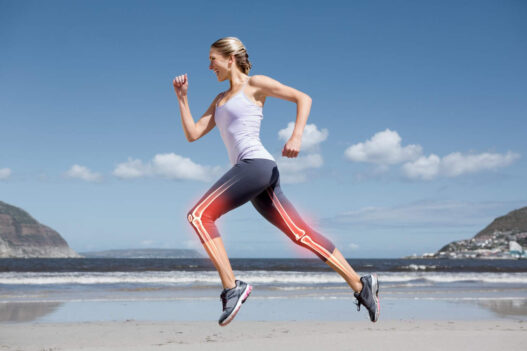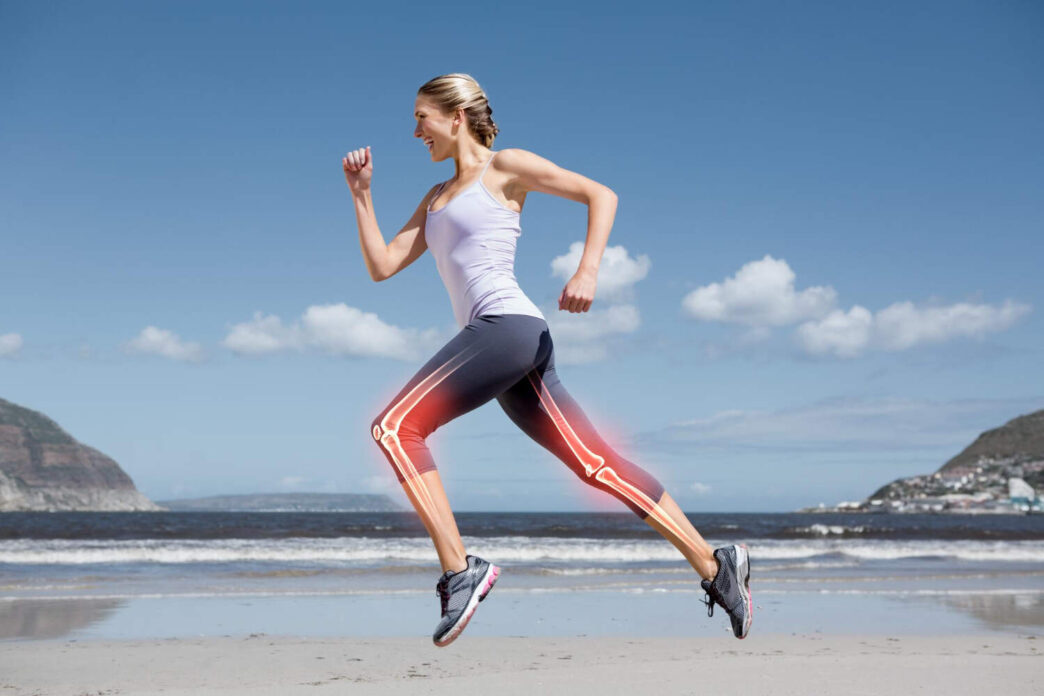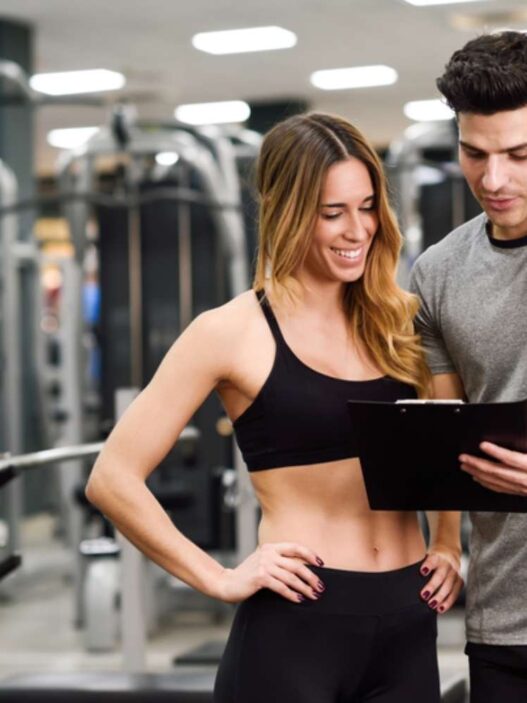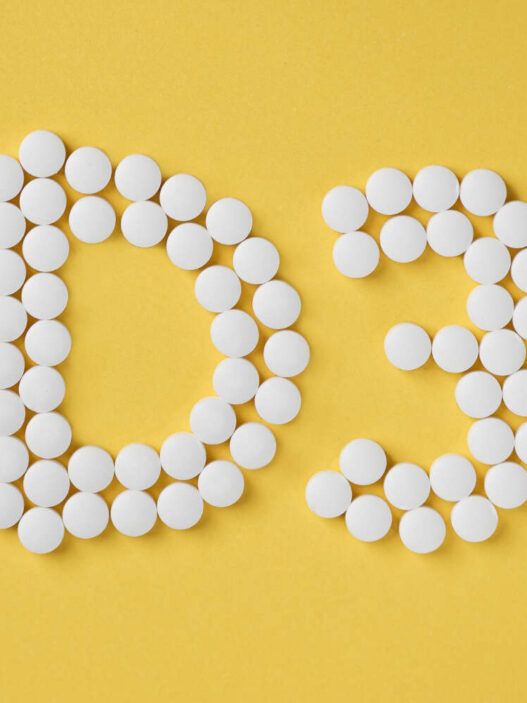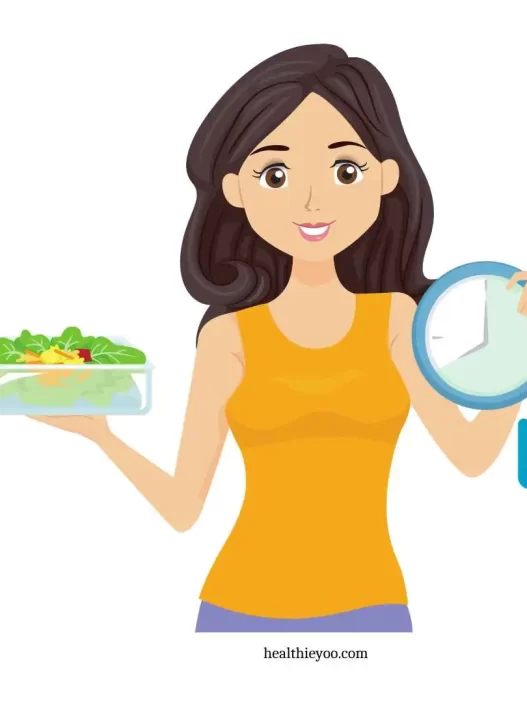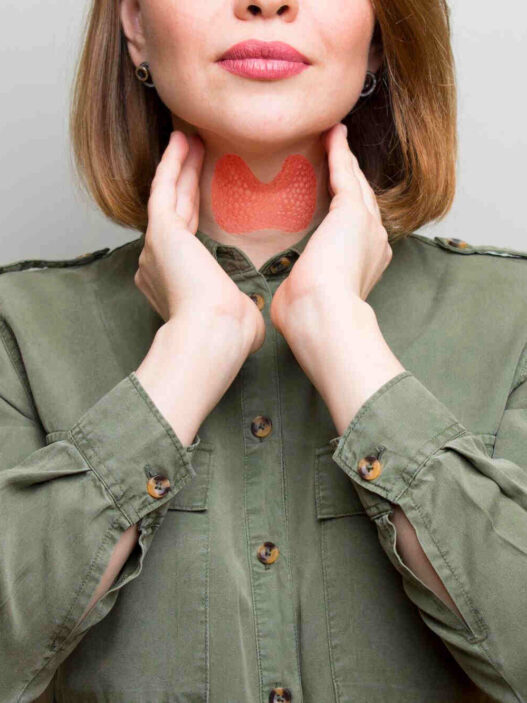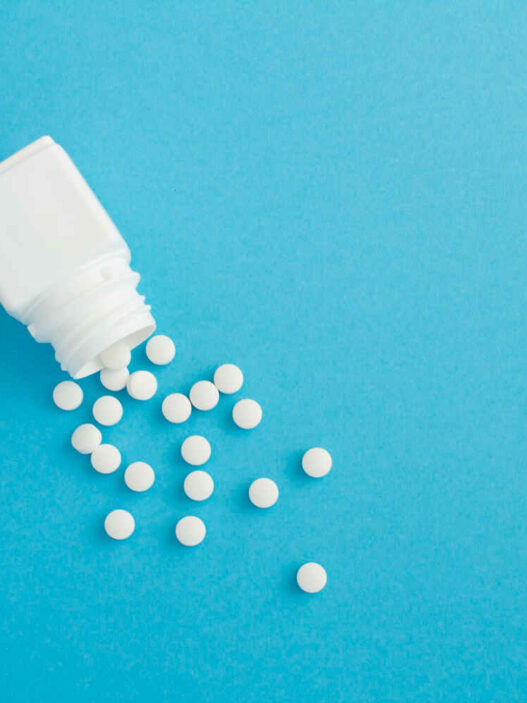Why pain is not a life sentence? Pain Science – How pain neuroscience education (PNE) and biopsychosocial approach along with positive intelligence can reduce pain?
Wondering if you will ever get rid of your pain?
Wondering if or when your pain will come back or get worse?
Wondering about the financial impact of your pain?
I want you to know….Pain is NOT a Life Sentence.
Advancements in our understanding of pain have exploded in recent decades and it takes time to disseminate the information. By the end of this blog, you will be more informed than many physicians and healthcare providers. I am glad you’re still here reading because most of us are using an outdated model. The first electric battery was in 1799, developed by Alessandro Volta. Our pain model dates back to Rene Descartes in the 1600’s. Imagine no batteries for your cell phone, medical devices, or flashlights when you go camping?!
Let’s bring our pain knowledge into the 21st century.
Pain Neuroscience Education (PNE)
When I ask people to define pain, they often do a great job of describing pain. They describe it as sharp, burning, aching, everywhere, and stabbing as a few adjectives. And yet, they are not quite sure of the definition. Pain Neuroscience Education (PNE) is just this- educating people about pain. While education is essential, it is by no means a stand alone treatment for pain. There are four key pillars in PNE: education, exercise, sleep, and goals.
Why is education so important? Consider if someone asks you what basketball is. If you have only seen it once or twice, you might say basketball is a “bouncing orange ball”. That is a description of a basketball.
Now, let’s say your friend educates you that basketball is a competitive sport with 5 people on each side trying to score into the other team’s basket. Simple? Yes- and now you have some basic education about basketball. Very cool.
Now, your friend asks you to play in the championship game in an hour because one of the players got sick. You have some knowledge about basketball, yet very little practical application or experience.You might be ready to play on school grounds- not yet a championship game.
What’s the point here?
Being able to describe a basketball is very different from defining the game of basketball. Having knowledge about the game is fantastic and essential to play. Yet to become a skilled player requires practice and repetition.
Being able to describe pain is very different from defining pain. Having knowledge about pain is fantastic and essential to overcome it. Yet to become skilled in overcoming your pain requires practice and repetition.
How do we know that teaching people about pain works? We have very cool research that shows on fMRI studies that when people learn about pain, they can feel less pain.
So what is pain?
Pain is an output of the brain based on the level of real or perceived threat. This represents a simplified definition from the International Association for the Study of Pain in 2020.
Let’s pause for a moment. It is so important to know that all pain is real. Pain neuroscientists have never ever scanned fake pain. What is also true is that not all pain means tissue (muscle, bone, ligament, tendon) damage. In the definition of pain, there is a reference to “real or perceived threat”. Your brain’s job is to protect you….in the case of chronic pain, your brain and nervous system are doing their job- too well.
Biopsychosocial…what?
Pain is complex! And while it is an output from the brain, it includes multiple systems and based on input from the tissues and your environment. It is absolutely biology, immunology, physiology, psychology and more. The fancy word we have for this is biopsychosocial.
Bio-biology. Psycho-psychology. Social-sociology.
This means we need to consider the entire human and their individual experiences in order to best help them navigate and shift from pain to gain. Has this been your experience when working with healthcare professionals to ease your pain? I hope so! And if not, you can always choose to seek a provider who meets your needs and values.
PNE and the biopsychosocial approach requires exercise and movement as key strategies as well. All of our nerves have a little bit of electricity running through them. Often in chronic pain, the level increases, getting us closer to the threshold of setting off the “alarm” where your brain might choose to create a pain experience.
Since nerves love movement and blood flow, exercise and a moderate increase in heart rate can also ease pain. An important note, we can get too much of a good thing. It is important to work with a clinician to properly “dose” exercise to create a benefit rather than a flare of pain.
Sleep is also important to shift the sensitivity of the nervous system and ease pain. Sometimes it can be as simple as getting the TV out of your bedroom, having consistent sleep and wake time, or having a dark and cool room. Sleep hygiene can make significant changes to one’s sleep which can impact pain in a positive manner.
Other areas to consider when it comes to sleep is your airway (do you snore, is your nose congested, do you sleep with your mouth open?) as well as your nutrition. Some foods/supplements can enhance sleep and many can have a negative impact.
The last of our 4 key pillars is having goals. Of course your goal is to get rid of your pain. Consider going deeper here. Is it so you can have energy to play with your kids after work? Or are you so excited about an upcoming promotion-yet the pain limits your focus? Is gardening your passion and it is just too painful to do it for more than a few minutes? Whatever your goals are- think about them and write them out. Consider why they are important and connect them to your personal values.
Then…what is the smallest first step to get toward this goal? Maybe if your goal is to run a 5 K- the first step is to be able to walk 15 minutes feeling good. Let’s break this down more. Maybe the starting point is a 2 minute walk. And your step before that is setting your exercise clothes out the night before to motivate you to follow through. Maybe 2 minutes sounds like “nothing”.
However, think about walking 2 minutes and not “paying for it” with pain. Then that becomes 3 minutes, 10 minutes, and then a light jog. Then you are out running that 5K! Whatever your small step-I invite you to celebrate each and every step to help reinforce this in your brain and nervous system. Working with a skilled clinician can also help you create a “step by step” guide to reach your goals.
Merging Positive Intelligence (PQ)
Positive Intelligence (PQ) is a framework to harness your brain to be your friend more than your foe. Similar to PNE, we want to create safety in the nervous system so the brain creates pain in response to a real threat and not a perceived one.
Does your mind feel like a pinball machine of bells and lights and chaos? It feels completely unpredictable and all of the sounds and visuals can be overwhelming and can feel out of control! The good news is that we can re-program this mental pinball machine with Mental Fitness Training or PQ – it’s how we chill out the “ping, zap, zoing, whoop” of our mind and create a place of calm and stillness.
Mental Fitness is based on the work of Shirzad Chamine. His book, “Positive Intelligence” lays out the research and framework for achieving high levels of Positive Intelligence, or Mental Fitness. It is training just as you would train at the gym, for a marathon, or even for a new job. It takes more than reading or learning. Chamine writes in his book “Positive Intelligence”, that it requires 20% insight (or knowledge) and 80% repetition. This is true for overcoming chronic pain too. And remember our basketball example at the beginning of this article?
PQ has integrated research from positive psychology, cognitive behavioral therapy, neuroscience and performance science. Remember how education is key for pain? The same is true to shift our brain from dominant negative thoughts and emotions to positive ones. PQ fosters new neural patterns that enhance focus, productivity, and emotional resilience. PQ and PNE promote neuroplasticity-the brain’s ability to adapt and rewire itself. We can create new neural pathways that serve us rather than harm us.
PNE and PQ-better than PB and J!
By merging PNE and PQ, the options are infinite and as unique as you are. The evidence guides an artful application leading to the release of the grip of pain. As you increase your knowledge and integration of both PNE and PQ- you decrease the sensitivity of the nervous system. With that comes less pain and more enjoyment of life. If you struggle with pain, you know it impacts mood, relationships, finances, productivity, and nearly every aspect of your life.
Shifting from Pain to Gain
Many people feel trapped by their pain, unsure of whether they will ever regain control of their lives.
Imagine-understanding pain and have it begin to reduce your pain
Imagine-having the tools to ease your pain when it is present and you can use these same tools to prevent pain.
Imagine-planning your life around what YOU want to do rather than around what your pain might “let” you do.
PNE and PQ offer you the ability to go from your imagination and bring it to your reality.
Remember this: Pain is NOT a life sentence.
Moving Forward
Pain Science and Positive Intelligence are powerful themselves and even more so when we merge them. By integrating these approaches, you cannot only reduce symptoms and also regain confidence in your ability to live a fulfilling life.
Time to take your life back from pain.
Sources
Chamine, Shirzad. Positive Intelligence: Why Only 20% of Teams and Individuals Achieve Their True Potential AND HOW YOU Can Achieve Yours. Greenleaf Book Group Press, 2016.
Ethw. “Milestones:Volta’s Electrical Battery Invention, 1799.” ETHW, ETHW, 12 Feb. 2020, ethw.org/Milestones:Volta%27s_Electrical_Battery_Invention,_1799#:~:text=Volta%20Battery%2C%201799,immersed%20in%20a%20chemical%20solution.
“IASP Announces Revised Definition of Pain.” International Association for the Study of Pain (IASP), 20 July 2021, www.iasp-pain.org/publications/iasp-news/iasp-announces-revised-definition-of-pain/.
Joel S. Goldberg, Revisiting the Cartesian model of pain, Medical Hypotheses, Volume 70, Issue 5,2008, Pages 1029-1033,ISSN 0306-9877, https://doi.org/10.1016/j.mehy.2007.08.014.
Lima, L. V., Abner, T. S. S., & Sluka, K. A. (2017). Does exercise increase or decrease pain? Central mechanisms underlying these two phenomena. The Journal of physiology, 595(13), 4141–4150. https://doi.org/10.1113/JP273355.
Louw A, Riera-Gilley V. Pain Neuroscience Education: Teaching People About Pain. J Pain Palliat Care Pharmacother. 2024 Sep;38(3):292-301. doi: 10.1080/15360288.2024.2424853. Epub 2024 Nov 11. PMID: 39526886.
